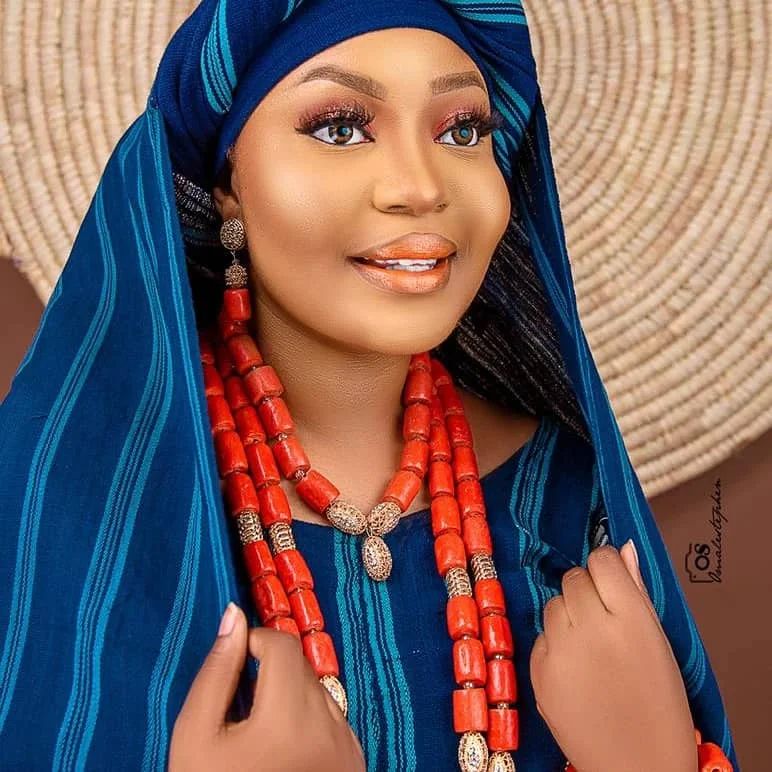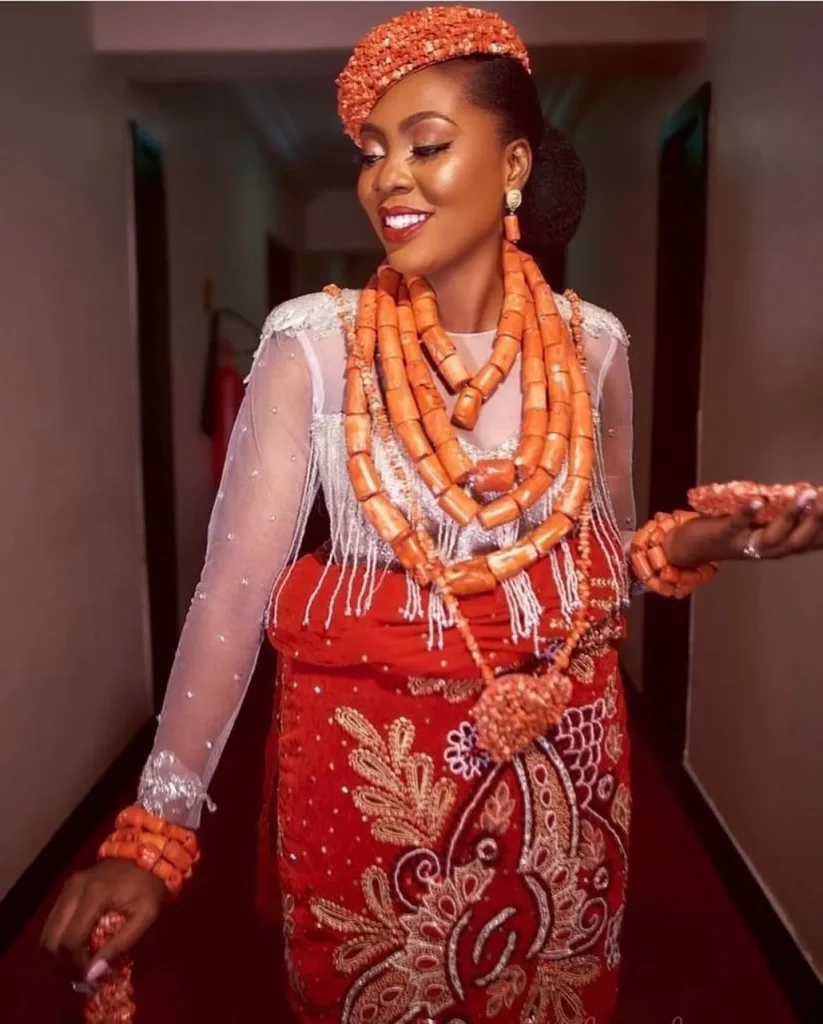Traditional marriage wears have always been a fascinating reflection of culture, heritage, and identity. From the vibrant colors to the intricate designs, these garments tell stories that transcend generations. Whether it’s the elegance of a saree, the simplicity of a kimono, or the grandeur of a wedding gown, every piece holds significance. In a world where modern fashion dominates, understanding the beauty of traditional attire is essential.
Imagine walking into a wedding ceremony and being surrounded by fabrics that shimmer with gold, silver, and every color imaginable. These are not just clothes; they are symbols of love, commitment, and tradition. Traditional marriage wears are more than just fashion—they are a way to honor the past while celebrating the future. They remind us of our roots and the importance of preserving cultural heritage.
As we dive deeper into this topic, you’ll discover the history, significance, and beauty behind these garments. We’ll explore different cultures, their unique styles, and how these traditions continue to influence modern fashion. So, grab your favorite drink, get comfy, and let’s uncover the magic of traditional marriage wears together!
Read also:Exploring The Legacy Of Iman Gadzhi Dad A Journey Through Faith And Leadership
Why Traditional Marriage Wears Matter
Before we jump into the specifics, let’s talk about why traditional marriage wears are so important. In today’s fast-paced world, where trends come and go faster than you can say “fashion week,” it’s easy to overlook the significance of these timeless pieces. Traditional marriage wears are not just about looking good; they are about feeling connected to something bigger than ourselves.
For many cultures, wearing traditional attire during weddings is a way to honor ancestors, celebrate heritage, and create a sense of unity among family and friends. It’s not just about the fabric or the design—it’s about the emotions and memories that come with it. These garments often carry stories of love, sacrifice, and resilience, making them even more special.
Key Reasons to Embrace Traditional Attire
- Connection to Heritage: Wearing traditional marriage wears is a powerful way to stay connected to your roots.
- Cultural Identity: These garments help preserve cultural identity and pass it down to future generations.
- Symbol of Love: Traditional attire is often seen as a symbol of love and commitment, adding an extra layer of meaning to the ceremony.
- Uniqueness: Unlike modern fashion, traditional marriage wears are unique to each culture, making them stand out.
Exploring Different Cultures
Now that we understand why traditional marriage wears matter, let’s take a closer look at how different cultures approach them. From Asia to Africa, Europe to the Americas, every region has its own unique style and significance. These differences make the world of traditional attire incredibly rich and diverse.
Asian Traditional Marriage Wears
In Asia, traditional marriage wears vary greatly depending on the country and region. For example, in India, brides often wear vibrant sarees or lehengas, while grooms don traditional sherwanis. In Japan, the kimono is a staple for both brides and grooms, while in China, the qipao or cheongsam is a popular choice for brides.
These garments are not only beautiful but also steeped in symbolism. The colors, patterns, and materials used often have specific meanings, such as prosperity, fertility, or good fortune. It’s fascinating to see how these traditions have evolved over time while still maintaining their core essence.
African Traditional Marriage Wears
African traditional marriage wears are known for their bold colors and intricate designs. Each tribe or community has its own unique style, making African weddings a true celebration of diversity. For example, in Nigeria, brides often wear elaborate gowns adorned with beads and embroidery, while grooms sport dashikis or agbadas.
Read also:Unlocking The Net Worth Of Pawn Stars Chumlee A Deep Dive
What makes African traditional attire so special is its connection to nature and spirituality. Many of the fabrics used are made from natural materials, and the patterns often represent elements of the natural world. This deep connection to the environment adds an extra layer of meaning to these garments.
European Traditional Marriage Wears
Europe also has a rich tradition when it comes to wedding attire. While the white wedding gown has become a global symbol of marriage, many European countries still embrace their traditional styles. For example, in Scotland, grooms often wear kilts, while in Russia, brides may wear a traditional sarafan.
These garments often reflect the history and culture of the region. They may include elements such as lace, embroidery, or specific colors that hold symbolic meaning. European traditional marriage wears are a testament to the region’s long-standing traditions and craftsmanship.
Modern Influences on Traditional Attire
As the world becomes more interconnected, traditional marriage wears are increasingly influenced by modern fashion. Designers are incorporating contemporary elements into traditional garments, creating a fusion of old and new. This trend allows couples to express their individuality while still honoring their cultural heritage.
For example, some brides may choose to wear a traditional saree with a modern twist, such as adding a touch of bling or using unconventional colors. Similarly, grooms may opt for a sherwani with a sleek, modern cut. This blending of styles reflects the evolving nature of fashion and the desire to create something truly unique.
The Significance of Colors and Patterns
Colors and patterns play a crucial role in traditional marriage wears. Each culture has its own set of colors and patterns that hold specific meanings. For instance, red is often associated with good luck and prosperity in many Asian cultures, while white symbolizes purity and innocence in Western traditions.
Patterns, too, carry deep significance. They may represent elements of nature, historical events, or spiritual beliefs. For example, the paisley pattern, commonly found in Indian textiles, is said to symbolize fertility and life. Understanding the meaning behind these colors and patterns adds another layer of appreciation for traditional attire.
How Colors Affect the Mood of a Wedding
The colors chosen for traditional marriage wears can greatly affect the mood of a wedding. Bright, vibrant colors like red and gold create a sense of energy and excitement, while softer hues like pastels evoke a more serene atmosphere. The choice of colors often reflects the couple’s personality and the overall theme of the wedding.
Designers are increasingly experimenting with color combinations to create unique and memorable wedding looks. This trend allows couples to express their creativity while still staying true to their cultural roots.
The Role of Accessories
No discussion of traditional marriage wears would be complete without mentioning accessories. From jewelry to headpieces, accessories play a vital role in completing the look. They not only enhance the beauty of the garments but also add another layer of symbolism.
In many cultures, accessories are passed down through generations, making them even more special. For example, Indian brides often wear intricate jewelry sets that have been in the family for years. Similarly, African brides may adorn themselves with beaded necklaces and bracelets that hold cultural significance.
Popular Accessories Across Cultures
- Indian: Maang tikka, jhumkas, and bangles
- African: Beaded necklaces, bracelets, and anklets
- European: Veils, tiaras, and brooches
- Asian: Obi belts, hairpins, and fans
These accessories not only add to the visual appeal but also tell stories of their own. They are a testament to the craftsmanship and artistry of each culture.
Challenges in Preserving Traditional Attire
While traditional marriage wears are cherished by many, they also face challenges in the modern world. The rise of fast fashion and globalization has led to a decline in the use of traditional garments. Many young people are opting for more contemporary styles, leaving traditional attire behind.
Efforts are being made to preserve these traditions through education, workshops, and collaborations with designers. By raising awareness about the importance of traditional attire, we can ensure that these beautiful garments continue to be celebrated for generations to come.
How You Can Support Traditional Attire
- Wear It: If you have the opportunity, wear traditional attire to weddings or other special occasions.
- Learn About It: Educate yourself about the history and significance of traditional garments.
- Support Local Artisans: Purchase traditional attire from local artisans to support their craft.
Conclusion: Celebrating Tradition in the Modern World
In conclusion, traditional marriage wears are more than just clothes; they are a celebration of culture, heritage, and identity. From the vibrant colors to the intricate designs, these garments tell stories that connect us to our past and inspire us for the future.
As we navigate the modern world, it’s important to remember the value of tradition. By embracing traditional attire, we not only honor our ancestors but also contribute to the preservation of cultural diversity. So, the next time you attend a wedding, consider wearing something that reflects your heritage and share the beauty of your traditions with others.
We’d love to hear your thoughts on traditional marriage wears! Feel free to leave a comment below and let us know what your favorite traditional attire is. And don’t forget to share this article with your friends and family who appreciate the beauty of tradition. Together, we can keep these incredible garments alive and thriving!
Table of Contents
- Why Traditional Marriage Wears Matter
- Exploring Different Cultures
- Asian Traditional Marriage Wears
- African Traditional Marriage Wears
- European Traditional Marriage Wears
- Modern Influences on Traditional Attire
- The Significance of Colors and Patterns
- The Role of Accessories
- Challenges in Preserving Traditional Attire
- Conclusion: Celebrating Tradition in the Modern World


